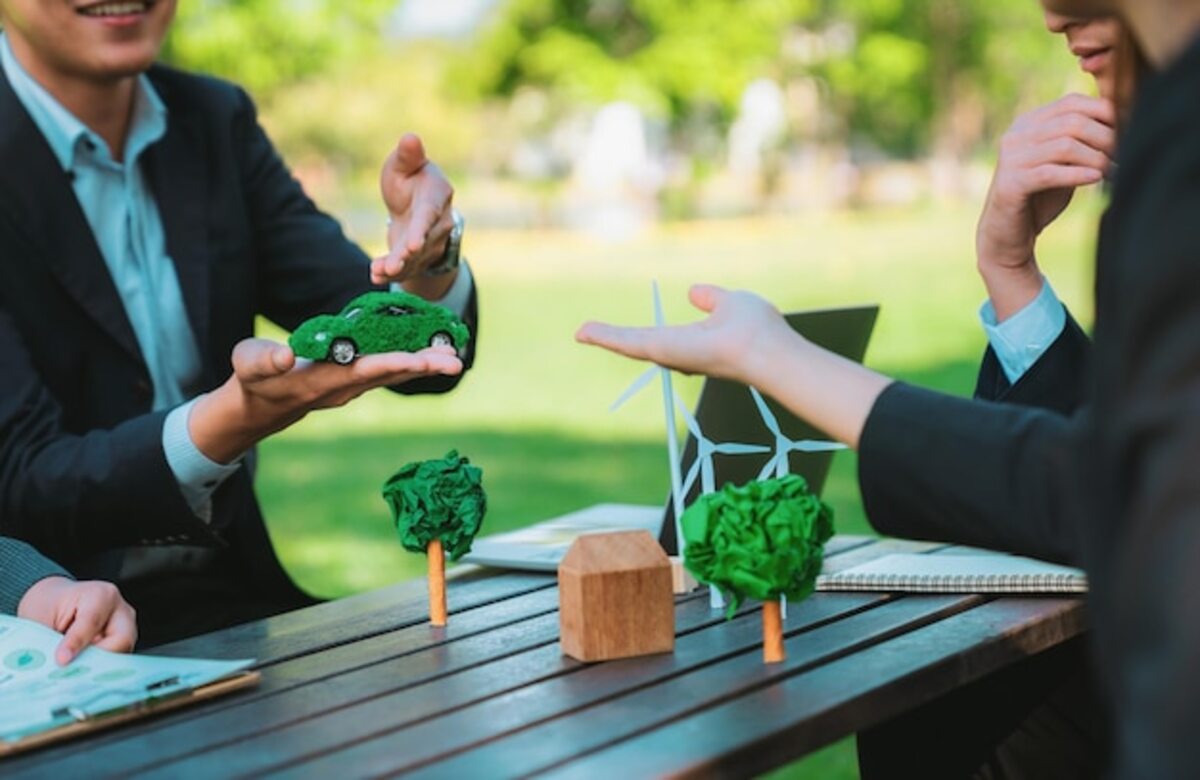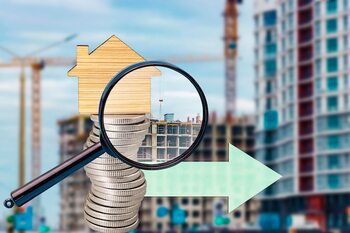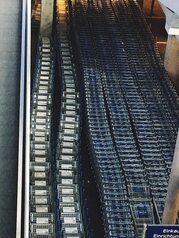The Value of Nature in the Appreciation of Your Property

The value of nature on your property is more than just a visual appeal; it represents a smart investment. In Costa Rica, where biodiversity and lush landscapes are part of everyday life, properties near green areas or natural parks tend to appreciate significantly in value. Discover how the natural environment not only beautifies your home but also enhances its value. Join us on this journey through the best areas where nature and the real estate market intertwine.
The connection between nature and well-being: Why does it matter?
The connection between nature and well-being is a topic of increasing interest in the field of urban development and real estate investment. The presence of green spaces not only beautifies the environment but also positively impacts the mental and physical health of residents. Studies have shown that living near natural areas can reduce stress, increase creativity, and improve sleep quality. These improvements in overall well-being make properties located in natural settings perceived as more desirable, which in turn elevates their market value.
Furthermore, access to nature fosters an active and healthy lifestyle. People tend to go out more to walk, run, or simply enjoy the outdoors when their homes are surrounded by parks, gardens, or natural trails. This increase in physical activity not only benefits individuals but also creates more cohesive and happier communities. Thus, when considering a property whose location is connected to natural environments, we are not just investing in a material asset; we are betting on a lifestyle that promotes overall well-being and, in turn, adds tangible value to our real estate investment.
2. Green areas: The best ally for a secure investment.
Green spaces are more than just simple recreational areas; they are real assets that increase the appeal of properties. Proximity to parks, nature reserves, and recreational areas not only enhances the quality of life for residents but also translates into a tangible increase in property value. Buyers today increasingly value a healthy and balanced lifestyle, and having access to nature becomes a decisive factor when choosing a home. Properties located near these green areas tend to have constant demand, ensuring a safer and more profitable long-term investment.
Moreover, green spaces contribute to creating more cohesive and friendly communities. The opportunity to enjoy outdoor activities encourages social interaction among neighbors and generates a sense of belonging that is hard to find in densely populated urban environments. This conducive environment for well-being not only attracts families with children but also older adults and young professionals seeking a balance between their work and personal lives. Thus, investing in properties near green areas becomes not only a smart financial decision but also an option that promotes a healthy lifestyle connected to nature.
3. How proximity to national parks affects property value.
Proximity to national parks not only offers privileged access to natural beauty but also acts as a powerful appreciation factor in the real estate market. Properties located near these protected areas often experience higher demand, as buyers seek the tranquility and healthy lifestyle they provide. This growing interest translates into higher prices, demonstrating a direct correlation between proximity to natural spaces and the increase in property value. Furthermore, living near a national park allows for the enjoyment of outdoor activities, which is especially appealing to families and active individuals.
Another relevant aspect is that national parks often promote sustainable development and environmental maintenance, ensuring that surrounding properties will retain their long-term appeal. The protection of the ecosystem not only improves air and water quality in the area but also preserves scenic views and diverse habitats. This creates an environment where residents can enjoy ongoing aesthetic and environmental benefits, thereby increasing the perceived value of their homes. Therefore, investing in a property close to a national park is not only an emotional decision; it also represents a solid financial strategy for those interested in maximizing their future investment.
4. The role of biodiversity in the appeal of your property.
Biodiversity not only enriches our environment but also becomes a determining factor in increasing the appeal of a property. Natural areas, such as forests, rivers, and parks, attract buyers who value a connection to nature and seek a healthier lifestyle. A neighborhood that offers access to these natural resources not only enhances the quality of life for its residents but is also perceived as a desirable place to live, which is crucial when determining a property's resale value. The presence of diverse flora and fauna can make your home stand out among others in the market.
Additionally, biodiversity acts as a magnet for recreational activities and sustainable tourism, contributing to the local economy. Properties located near natural reserves or unique ecosystems tend to attract the interest of both permanent residents and tourists, increasing their economic potential. This creates a positive cycle: by attracting visitors and investors, greater demand is generated for properties close to these natural riches. In this sense, investing in a property surrounded by biodiversity not only means enjoying the environment from day one but also ensuring sustained growth in your long-term investment.
5. Case study: Properties that have increased their value due to natural surroundings.
A clear example of the positive impact that natural environments can have on property value can be observed in areas near national parks or nature reserves. These areas not only offer aesthetic appeal but also provide opportunities for outdoor recreational activities such as hiking, cycling, and wildlife observation. Properties located just minutes from these green spaces have seen a notable increase in their value, becoming a coveted option for both local and international buyers seeking quality of life and connection with nature. This demonstrates that proximity to nature not only enhances the overall well-being of its inhabitants but also acts as a catalyst for real estate market growth.
Another illustrative case is the development of sustainable residential communities that integrate natural elements into their urban design. By creating spaces where green areas merge with modern infrastructure, these properties have managed to attract families and professionals interested in a healthy and balanced lifestyle. Investments in landscaping and environmental conservation within these communities not only beautify the surroundings but also promote a sense of belonging and community among residents. As a result, many of these properties have experienced a significant increase in their selling price, reinforcing the idea that investing in natural environments is synonymous with ensuring a solid and lasting appreciation.
6. Strategies to maximize the value of your property through natural elements.
Maximizing the value of your property through natural elements is a strategy that not only beautifies the space but can also increase its market appeal. Incorporating native gardens, indigenous plants, and green areas can transform a common environment into a natural refuge, creating an atmosphere that attracts both buyers and tenants. Additionally, these elements promote local biodiversity and can reduce long-term maintenance costs, as they are more resistant to pests and better adapted to the local climate. By designing outdoor spaces with suitable vegetation, the aesthetics of the home are enhanced, and a deeper connection with nature is created.
Another effective strategy is to integrate sustainable features that leverage natural resources. Installing rainwater harvesting systems or solar panels not only benefits the environment but also reduces operating costs and makes the property more attractive to those interested in an eco-friendly lifestyle. The implementation of natural stone pathways or recycled wood can give a rustic and authentic touch to the outdoor landscape, while areas such as terraces or decks surrounded by greenery provide perfect spaces to enjoy the outdoors. These improvements not only beautify the property but also elevate its perceived value in an increasingly environmentally conscious market.
7. Current trends in real estate and their relationship with green spaces.
Current trends in real estate reflect a growing interest in properties that integrate nature into their design and location. Buyers are increasingly focused on living in environments that offer green spaces, whether through community gardens, nearby parks, or views of nature. This preference not only responds to a search for aesthetic beauty but also to the desire to enjoy a healthier and more balanced lifestyle. Research shows that access to green areas improves quality of life, reduces stress, and encourages outdoor activities, which translates into an increase in property value for those homes that prioritize these features.
Additionally, urban policies are beginning to align with this trend, promoting sustainable development and the creation of green public spaces in new residential communities. The connectivity between homes and nature is not only an attraction for new owners but also for investors, who recognize that these properties tend to maintain their value and even appreciate over time. In this context, those areas that manage to balance urban growth with environmental conservation are positioned as the most desirable in the real estate market. Thus, investing in a property surrounded by nature is not only an emotional decision; it is a smart strategy to secure and increase long-term value.
8. Tips for choosing the ideal location based on natural elements and sustainability.
When choosing the ideal location for your property, it is essential to consider the natural elements that can influence its appreciation. Look for land that is near rivers, lakes, or mountains, as these bodies of water and geographical formations not only provide scenic beauty but also improve air quality and offer a favorable microclimate. Additionally, proximity to green areas such as parks or nature reserves can attract families and nature lovers, thus increasing interest in your property. This type of environment is not only beneficial for those seeking a home; it also adds invaluable value when it comes time to sell.
Sustainability is another key aspect to consider when selecting the ideal location. Choosing properties in areas that promote eco-friendly practices, such as the use of renewable energy or efficient waste management systems, can make a significant difference in the future valuation of the property. Communities committed to the environment often attract conscious and responsible buyers, which translates into higher demand and a constant appreciation in property values in those areas. In summary, by wisely choosing your location based on natural elements and sustainability, you will not only be investing in a beautiful home but also in a property with a promising future.



